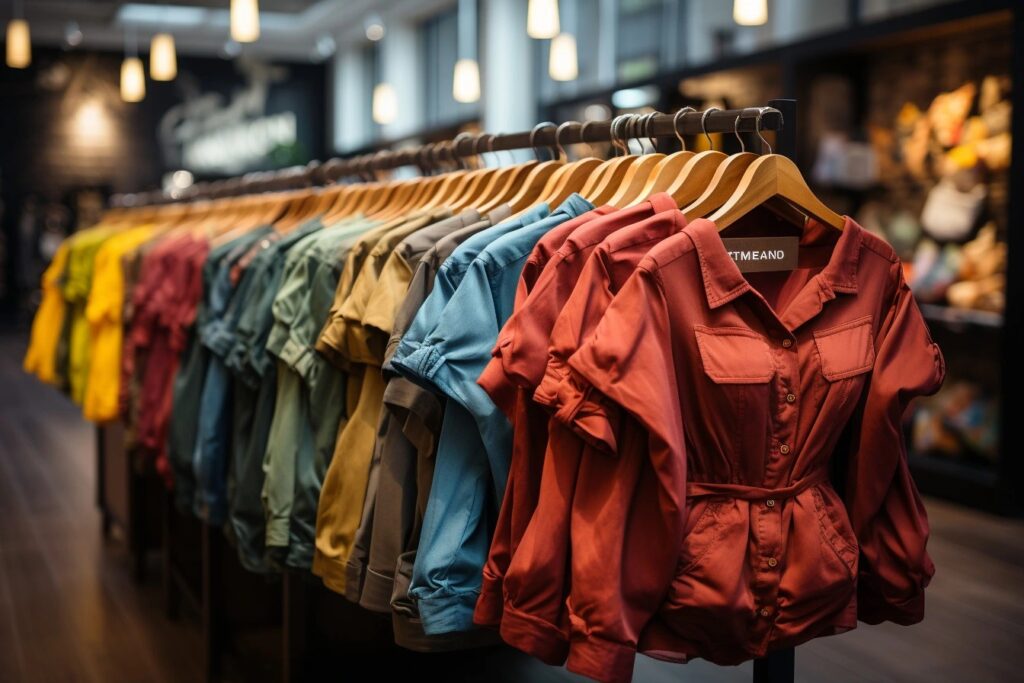https://passionpostify.com/other/spokane-craigslist/ Fashion, a reflection of personal identity and cultural values, is increasingly intersecting with sustainability. As concerns about environmental degradation and ethical labor practices grow, the fashion industry is undergoing a significant transformation. Sustainable fashion aims to address these issues by minimizing the negative impact of clothing production and consumption. Understanding sustainable fashion involves exploring its principles, practices, and broader implications for the industry and society.
What is Sustainable Fashion?
Sustainable fashion refers to clothing, accessories, and footwear that are designed, produced, distributed, and consumed in ways that are environmentally friendly and socially responsible. The goal is to create a system that can be supported indefinitely in terms of human impact on the environment and social responsibility. Key principles of sustainable fashion include:
- Eco-friendly Materials: Using materials that have a low environmental impact is a cornerstone of sustainable fashion. Organic cotton, bamboo, hemp, and recycled fabrics are common choices. These materials are produced with fewer pesticides, less water, and reduced energy consumption, making them more sustainable than conventional fabrics.
- Ethical Production: Ensuring fair labor practices and safe working conditions is crucial. Sustainable fashion brands often work with certified factories that provide fair wages, reasonable working hours, and safe environments for workers. Transparency in the supply chain is essential to verify these ethical practices.
- Waste Reduction: The fashion industry is a significant contributor to global waste. Sustainable fashion seeks to reduce this through practices like recycling, upcycling, and zero-waste design. Brands are increasingly using leftover fabrics, repurposing old garments, and designing products that minimize fabric waste.
- Longevity and Durability: Sustainable fashion promotes the production and purchase of high-quality, durable garments that last longer. This reduces the frequency of purchases and the overall consumption of resources. Timeless designs that do not go out of style quickly also help in extending the lifecycle of clothing.
The Impact of Conventional Fashion
Conventional fashion, especially fast fashion, has a substantial environmental and social footprint. Fast fashion relies on rapid production cycles and low-cost materials to deliver trendy clothing at affordable prices. However, this model has severe consequences:
- Environmental Degradation: The production of conventional fabrics like polyester and cotton involves high water usage, pesticide application, and energy consumption. Dyeing and finishing processes also contribute to water pollution. Additionally, synthetic fibers shed microplastics into waterways, harming marine life.
- Waste Generation: Fast fashion encourages a throwaway culture, where clothes are worn only a few times before being discarded. This leads to significant textile waste in landfills. According to the Environmental Protection Agency (EPA), textiles account for a substantial portion of municipal solid waste.
- Labor Exploitation: The demand for cheap clothing often results in poor working conditions, low wages, and exploitation in garment factories, particularly in developing countries. Workers may face long hours, unsafe environments, and lack of labor rights.
Practices Promoting Sustainable Fashion
To counteract the negative impacts of conventional fashion, various sustainable practices are being adopted:
- Recycling and Upcycling: Recycling involves processing used materials into new products. Upcycling, on the other hand, enhances the value of old garments by creatively transforming them into new items. These practices help reduce waste and extend the lifecycle of clothing.
- Slow Fashion: Slow fashion promotes mindful consumption and a focus on quality over quantity. It encourages consumers to buy fewer, better-made items that last longer. This approach contrasts with the fast fashion model and emphasizes craftsmanship and sustainability.
- Innovative Materials: Research and development are leading to the creation of sustainable materials like biodegradable fabrics, lab-grown leather, and textiles made from recycled plastics. These innovations reduce reliance on traditional, resource-intensive materials.
- Local and Artisanal Production: Supporting local artisans and small-scale producers helps maintain traditional crafts and reduces the carbon footprint associated with global supply chains. Local production often involves more sustainable practices and fair labor conditions.
The Role of Consumers
Consumers play a vital role in driving the sustainable fashion movement. By making informed choices, individuals can influence the industry and promote more sustainable practices. Here are some ways consumers can contribute:
- Educate Yourself: Understanding the impact of fashion on the environment and society helps make informed choices. Research brands, materials, and production methods to support those that align with sustainable values.
- Support Ethical Brands: Choose brands that prioritize sustainability and ethical practices. Look for certifications like Fair Trade, Global Organic Textile Standard (GOTS), and Bluesign, which indicate a commitment to responsible production.
- Buy Less, Choose Well: Embrace the concept of a capsule wardrobe—invest in versatile, high-quality pieces that can be mixed and matched. Avoid impulse purchases and focus on items that will stand the test of time.
- Care for Your Clothes: Proper garment care extends the life of clothing. Follow care instructions, repair items when needed, and consider upcycling old garments into new creations.
- Recycle and Donate: When it’s time to part with clothes, donate them to charity, recycle them, or participate in clothing swap events. Avoid sending textiles to landfills whenever possible.
Conclusion: The Future of Fashion
Sustainable fashion represents a paradigm shift towards more responsible production and consumption practices. As awareness continues to grow, both consumers and brands are recognizing the importance of sustainability in fashion. By adopting eco-friendly materials, ethical production methods, and waste reduction practices, the fashion industry can significantly reduce its environmental and social impact. Consumers, through their choices and advocacy, play a crucial role in driving this change. Together, we can create a fashion industry that respects both people and the planet, ensuring a sustainable future for generations to come.



